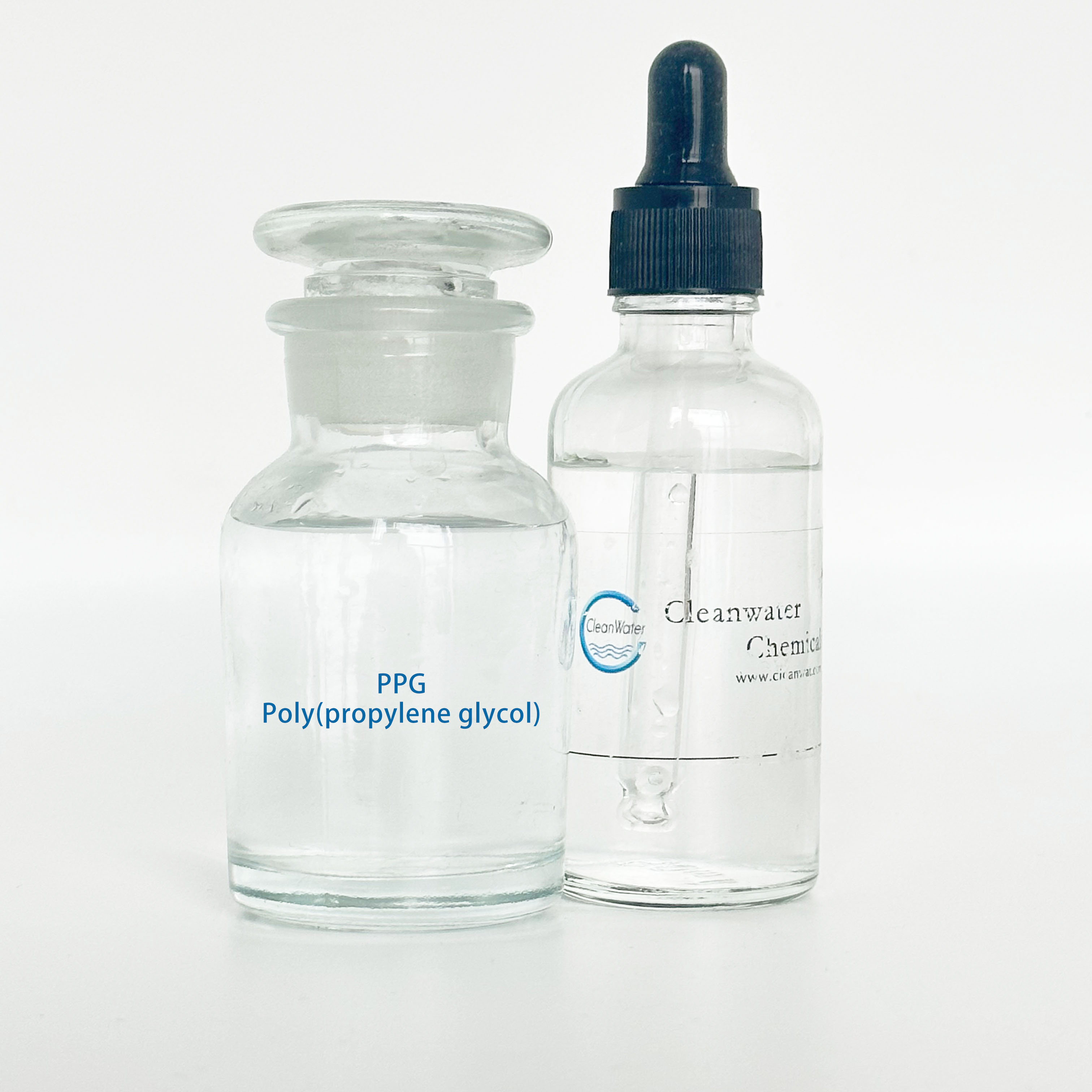
Polypropylene glycol (PPG) is a non-ionic polymer obtained by ring-opening polymerization of propylene oxide. It possesses core properties such as adjustable water solubility, a wide viscosity range, strong chemical stability, and low toxicity. Its applications span multiple industries, including chemicals, pharmaceuticals, daily chemicals, food, and industrial manufacturing. PPGs of different molecular weights (typically ranging from 200 to over 10,000) exhibit significant functional differences. Low-molecular-weight PPGs (such as PPG-200 and 400) are more water-soluble and commonly used as solvents and plasticizers. Medium- and high-molecular-weight PPGs (such as PPG-1000 and 2000) are more oil-soluble or semi-solid and are primarily used in emulsification and elastomer synthesis. The following is a detailed analysis of its main application areas:
1. Polyurethane (PU) Industry: One of the Core Raw Materials
PPG is a key polyol raw material for the production of polyurethane materials. By reacting with isocyanates (such as MDI and TDI) and combining with chain extenders, it can produce different types of PU products, covering the full range of soft to rigid foam categories:
Polyurethane elastomers: PPG-1000-4000 are commonly used in the preparation of thermoplastic polyurethane (TPU) and cast polyurethane elastomers (CPU). These elastomers are used in shoe soles (such as cushioning midsoles for athletic shoes), mechanical seals, conveyor belts, and medical catheters (with excellent biocompatibility). They offer abrasion resistance, tear resistance, and flexibility.
Polyurethane coatings/adhesives: PPG improves the flexibility, water resistance, and adhesion of coatings and is used in automotive OEM paints, industrial anti-corrosion paints, and wood coatings. In adhesives, it enhances bond strength and weather resistance, making it suitable for bonding metals, plastics, leather, and other materials.
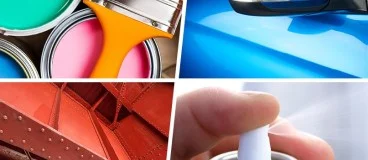
2. Daily Chemicals and Personal Care: Functional Additives
PPG, due to its mildness, emulsifying properties, and moisturizing properties, is widely used in skincare, cosmetics, detergents, and other products. Different molecular weight products have distinct roles:
Emulsifiers and Solubilizers: Medium molecular weight PPG (such as PPG-600 and PPG-1000) is often compounded with fatty acids and esters as a nonionic emulsifier in creams, lotions, shampoos, and other formulations, stabilizing oil-water systems and preventing separation. Low molecular weight PPG (such as PPG-200) can be used as a solubilizer, helping to dissolve oil-soluble ingredients such as fragrances and essential oils in aqueous formulations.
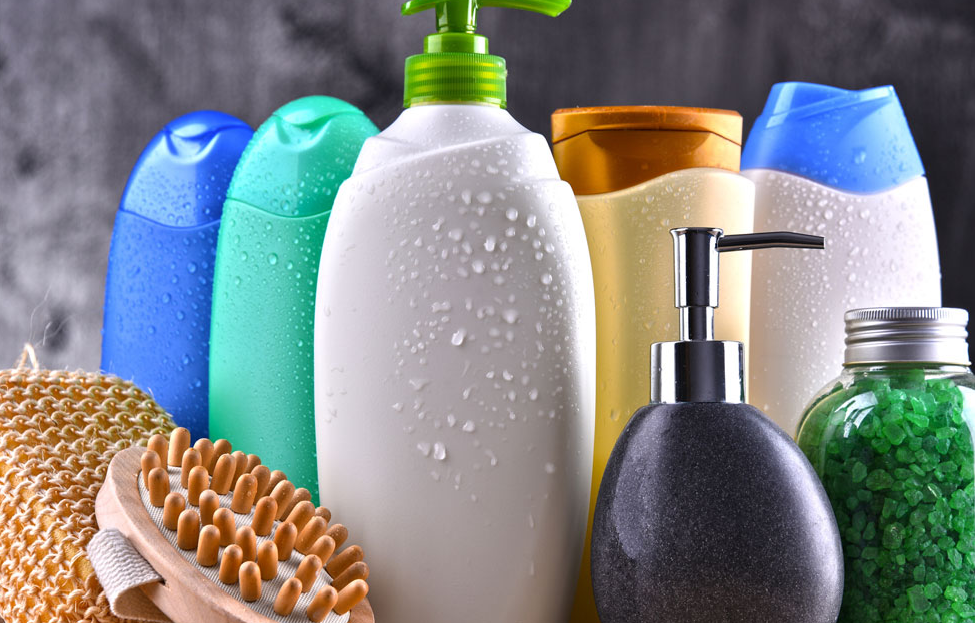
Moisturizers and Emollients: PPG-400 and PPG-600 offer a moderate moisturizing effect and a refreshing, non-greasy feel. They can replace some glycerin in toners and serums, improving product glide. In conditioners, they can reduce static electricity and enhance hair smoothness. Cleaning Product Additives: In shower gels and hand soaps, PPG can adjust formula viscosity, enhance foam stability, and reduce the irritation of surfactants. In toothpaste, it acts as a humectant and thickener, preventing the paste from drying and cracking.
3. Pharmaceutical and Medical Applications: High-Safety Applications
Due to its low toxicity and excellent biocompatibility (compliant with USP, EP, and other pharmaceutical standards), PPG is widely used in pharmaceutical formulations and medical materials.
Drug Carriers and Solvents: Low molecular weight PPG (such as PPG-200 and PPG-400) is an excellent solvent for poorly soluble drugs and can be used in oral suspensions and injectables (requiring strict purity control and removal of trace impurities), improving drug solubility and bioavailability. Furthermore, PPG can be used as a suppository base to improve drug release.
Medical Material Modification: In medical polyurethane materials (such as artificial blood vessels, heart valves, and urinary catheters), PPG can adjust the hydrophilicity and biocompatibility of the material, reducing the body's immune response while also improving the material's flexibility and blood corrosion resistance. Pharmaceutical Excipients: PPG can be used as a base component in ointments and creams to enhance drug penetration through the skin and is suitable for topical medications (such as antibacterial and steroid ointments).
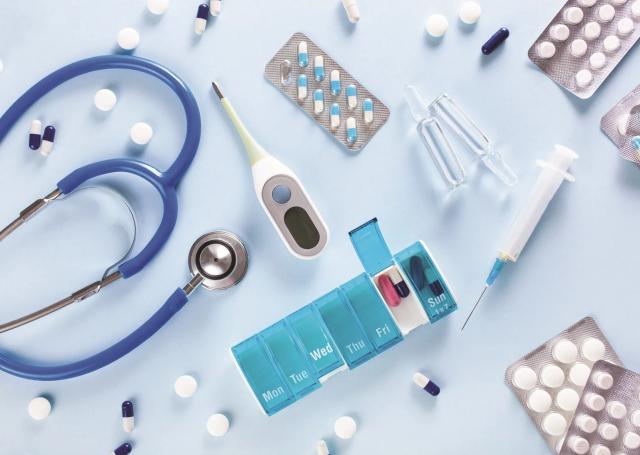
4. Industrial Lubrication and Machinery: High-Performance Lubricants
PPG offers excellent lubricity, anti-wear properties, and high and low-temperature resistance. It also has strong compatibility with mineral oils and additives, making it a key raw material for synthetic lubricants.
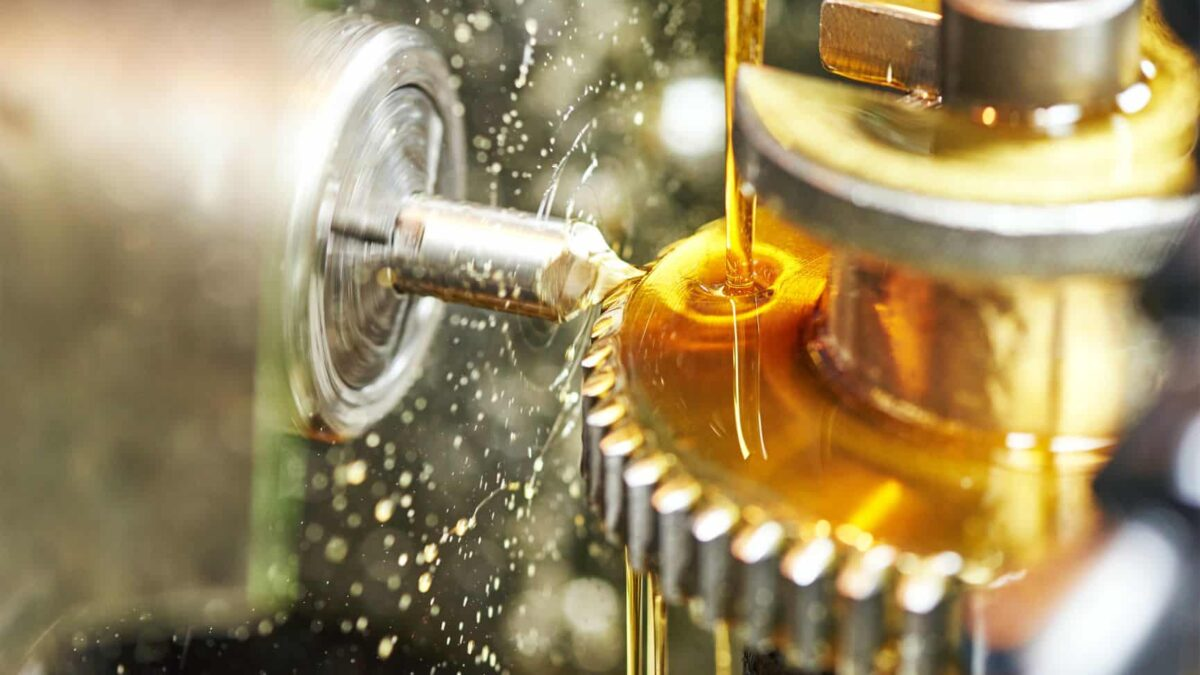
Hydraulic and Gear Oils: Medium- and high-molecular-weight PPGs (such as PPG-1000 and 2000) can be used to create anti-wear hydraulic fluids suitable for high-pressure hydraulic systems in construction machinery and machine tools. They maintain excellent fluidity even at low temperatures. In gear oils, they enhance anti-seizure and anti-wear properties, extending gear life.
Metalworking Fluids: PPG can be used as an additive in metalworking and grinding fluids, providing lubrication, cooling, and rust prevention, reducing tool wear and improving machining accuracy. It is also biodegradable (some modified PPGs meet the demand for environmentally friendly cutting fluids). Specialty Lubricants: Lubricants used in high-temperature, high-pressure, or specialized media (such as acidic and alkaline environments), such as aerospace equipment and chemical pumps and valves, can replace traditional mineral oils and improve equipment reliability.
5. Food Processing: Food-Grade Additives
Food-grade PPG (FDA-compliant) is primarily used for emulsification, defoaming, and moisturizing in food processing:
Emulsification and Stabilization: In dairy products (such as ice cream and cream) and baked goods (such as cakes and bread), PPG acts as an emulsifier to prevent oil separation and improve product texture uniformity and taste. In beverages, it stabilizes flavors and pigments to prevent separation.
Defoamer: In food fermentation processes (such as beer and soy sauce brewing) and juice processing, PPG acts as a defoamer to suppress foaming and improve production efficiency without affecting the flavor.
Humectant: In pastries and candies, PPG acts as a moisturizer to prevent drying and cracking, extending shelf life.
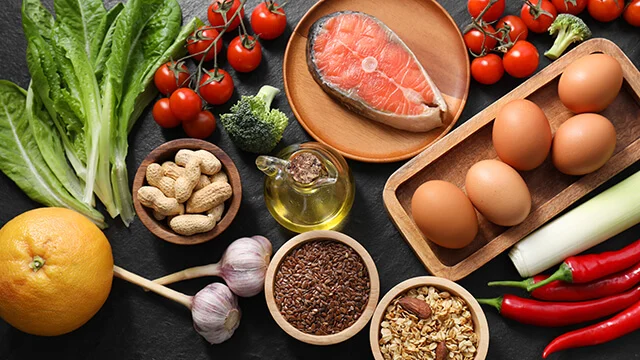
6. Other Areas: Functional Modification and Auxiliary Applications
Coatings and Inks: In addition to polyurethane coatings, PPG can be used as a modifier for alkyd and epoxy resins, improving their flexibility, leveling, and water resistance. In inks, it can adjust viscosity and enhance printability (e.g., offset and gravure inks).
Textile Auxiliaries: Used as an antistatic finish and softener for textiles, it reduces static buildup and enhances softness. In dyeing and finishing, it can be used as a leveling agent to improve dye dispersion and enhance dyeing uniformity.

Defoamers and Demulsifiers: In chemical production (e.g., papermaking and wastewater treatment), PPG can be used as a defoamer to suppress foaming during production. In oil production, it can be used as a demulsifier to help separate crude oil from water, thereby increasing oil recovery. Key Application Points: The application of PPG requires careful consideration of molecular weight (e.g., low molecular weight focuses on solvents and moisturizing, while medium- and high molecular weight focuses on emulsification and lubrication) and purity grade (high-purity products are preferred in the food and pharmaceutical industries, while standard grades can be selected based on industrial needs). Some applications also require modification (e.g., grafting or cross-linking) to enhance performance (e.g., enhancing heat resistance and flame retardancy). With increasing demands for environmental protection and high performance, the application areas of modified PPG (e.g., bio-based PPG and biodegradable PPG) are expanding.
Post time: Oct-29-2025

